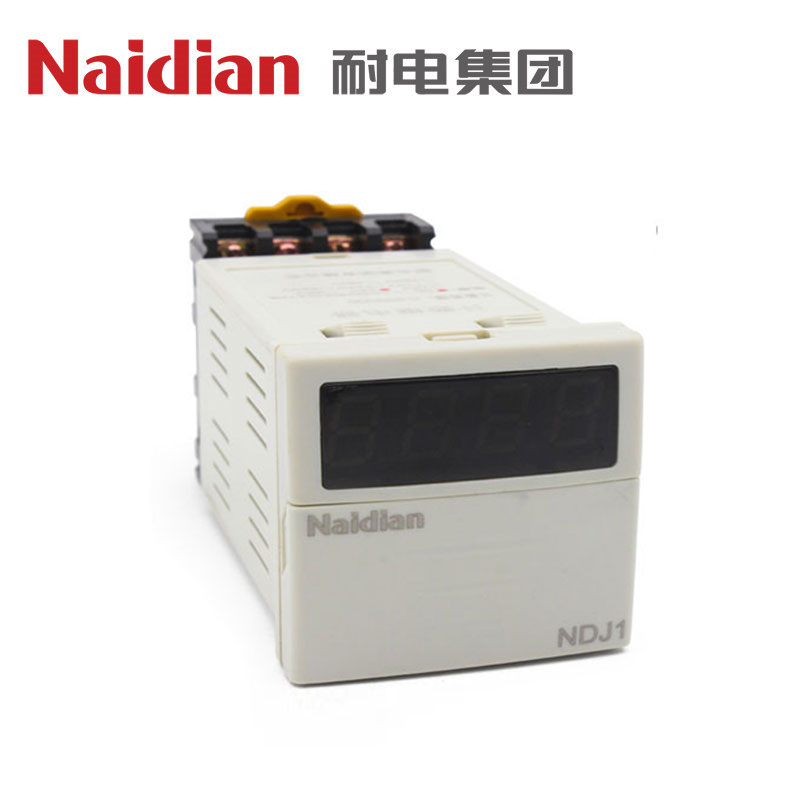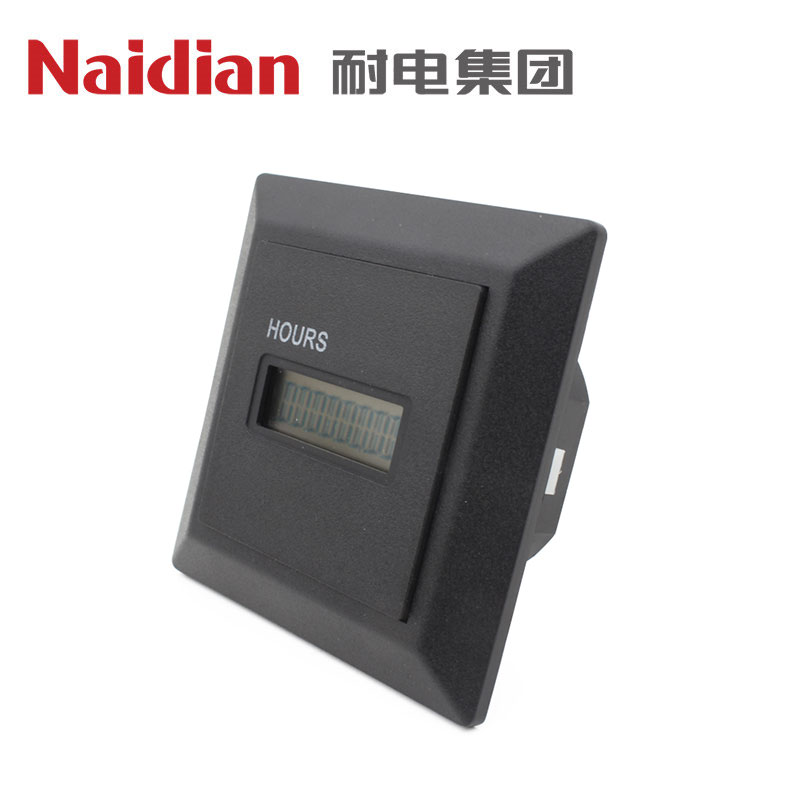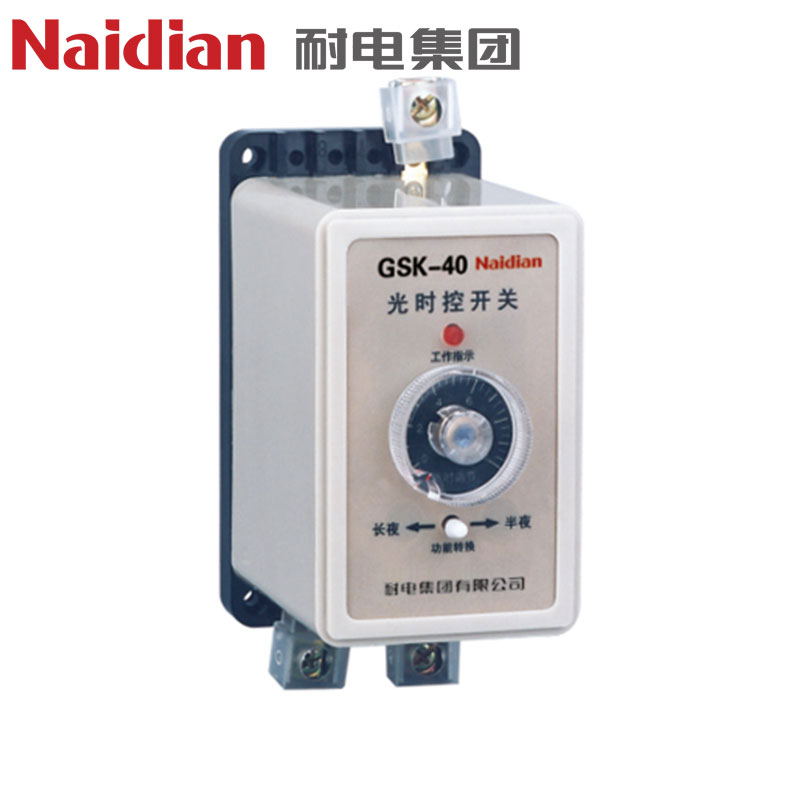Some common applications of a microcomputer time controller
A microcomputer time controller is a device that allows users to program and control the timing of various electrical devices or systems. It typically includes features such as a digital display, programmable settings, and the ability to switch on or off at specific times.
Some common applications of a microcomputer time controller include:
Time switch: It can be used to automatically turn on or off lights, appliances, or other electrical devices at specific times of the day. This is useful for energy-saving purposes or for creating a sense of security by simulating occupancy when away from home.
Electronic timer: It can be used to control the duration of electrical devices, such as turning off a heater or air conditioner after a certain period of time. This can help save energy and prevent overheating or overcooling.
Digital timer: It provides precise timing control by allowing users to set specific start and stop times for electrical devices. This is useful for applications that require accurate and synchronized timing, such as lighting displays or industrial processes.
Light time switch: It is specifically designed to control lighting systems, allowing users to program when lights should be turned on or off. This is commonly used in outdoor lighting, streetlights, or building automation systems.
Latitude and longitude time control switch: This type of time controller takes into account the geographical location of the user and adjusts the timing based on sunrise and sunset times at that specific latitude and longitude. It is commonly used in outdoor lighting systems to ensure lights are turned on/off at appropriate times based on natural daylight.
Overall, a microcomputer time controller offers convenience, energy savings, and automation capabilities by allowing users to program and control the timing of electrical devices or systems.




